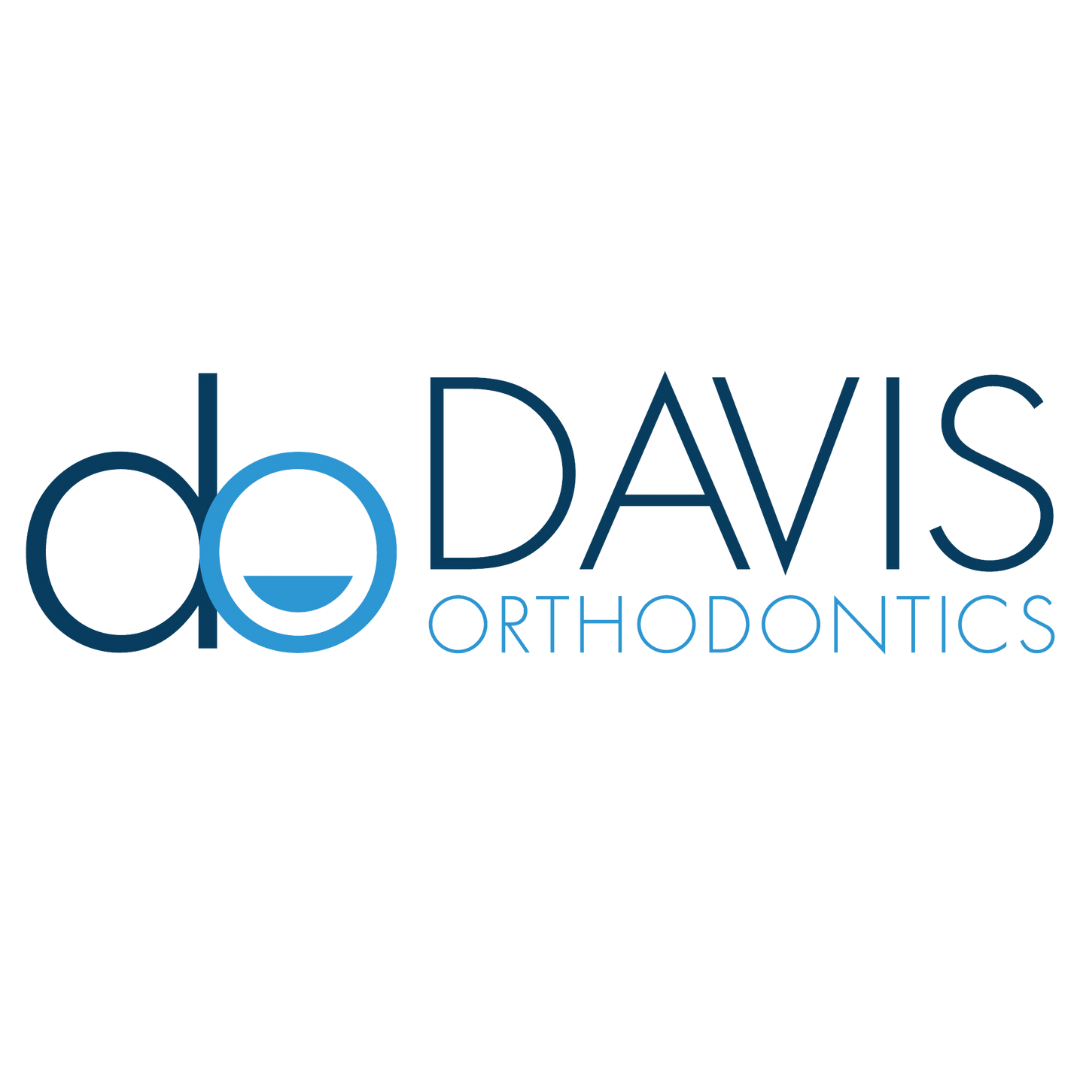Questions about Insurance?

Insurance can be a confusing topic. Let’s go over some frequently asked questions to better understand your insurance.
“Does your office accept my insurance?” This is the most asked question during a new patient phone call. Here at Davis Orthodontics, we accept almost all insurance carriers. The amount insurance is expected to cover is dependent on your plan. We strive to help all our patients utilize their insurance policies if available. Think of your insurance as a coupon for treatment, it might have rules and restrictions, but it is there to help cover some portion of the cost.
“Can I change my insurance to the lower plan since I am already in orthodontic treatment?” Insurance companies cover your orthodontic treatment throughout your full treatment time. For example, if Dr. Davis recommends treatment for 15 months, then your insurance provider will set up a fee schedule to cover payments for 15 months. We highly suggest maintaining the insurance throughout treatment to receive the maximum benefit and to prevent having to cover the remaining balance from the insurance company. If you change employers and/or must cancel your coverage, we can file a treatment in progress claim to the new carrier. Keep in mind, some carriers do not accept treatment in progress which means since you started treatment with a different carrier, the new carrier will not cover the remaining balance.
“Why doesn’t my insurance cover more of the treatment fee?” An average orthodontic maximum is $1000 to $2500 depending on your employer’s plan that they are enrolled in. The expected coverage amount is also based on treatment time and the treatment fee. As previously mentioned, your insurance pays throughout the course of treatment.
“I have the same insurance, and I used my full orthodontic treatment a few years ago. Why doesn’t my orthodontic insurance benefit renew every year?” Orthodontic insurance benefits have a lifetime maximum, which means if you utilize the full benefits for a previous orthodontic treatment then no benefit will be available for an additional treatment. Lifetime maximum is per insurance patient. So, if you used all your benefits for your own orthodontic needs but have a child who needs treatment, they will have their own separate lifetime maximum.
“I have two different active insurance policies; can I file both?” Absolutely, we are more than happy to assist you with both policies. This is called having primary and secondary insurance coverage. Usually, the way insurance works is you are required to file primary first then you can file secondary. As long as both policies have something called coordination of benefits (COB), we will file claims and could possibly collect benefits from both. The estimated amount of benefit is determined based on the COB within each of the policies. This means they will coordinate with each other to reach the lifetime maximum on the primary first and then the secondary will pay any remaining benefit if available. For example, if you have $1500 lifetime maximum coverage with your primary and only $1000 with secondary coverage. You will only be estimated to receive a lifetime maximum benefit of $1500 from primary. Secondary will not cover any benefit. Another example is if your primary benefit is $1000 and your secondary benefit is $2000 then it is estimated that you will receive $2000 benefit, $1000 from primary and $1000 from secondary. Again, these are only estimated examples. In all cases, the responsibility for payment of the entire orthodontic fee rests directly from the patient.







